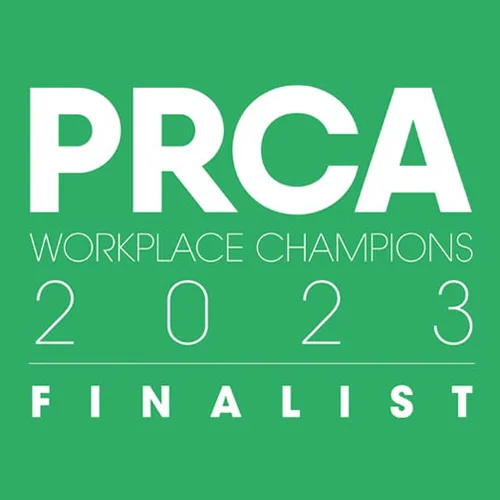Sitting on a (yet again) delayed First Capital Connect train this morning, the chap next to me was busy tweeting his views on the service and reading out extracts of abuse from other tweets, and the Facebook FCC hate group. All a pretty entertaining way to wile away the time while the train crawled through south London. Searching Twitter and Facebook for comments on FCC and Southern Trains, its counterpart on the Brighton line, I could only find negative remarks: “The lesser spotted ‘On Time’ variety of the First Capital Connect train” and “Train is clearly running late. Not a single announcement. First Capital Connect at its best” and “First Capital Connect services have all the vim and vigour of a hungover panda with its head in a pail.” Some people put a great deal of thought, wit and effort into their 140 characters. Yet only a few had thought to thank the train companies when their train arrived on time – “Bizarrely First Capital Connect have done something that makes sense for once.”
And why should they? They pay for a service (£3,708 for an annual season ticket from Brighton to Victoria in 2012) and they expect to receive it. Commuting is enough of a hassle without late trains, packed carriages and diverted routes (the London Bridge train this morning rather remissingly failed to stop at London Bridge).
It’s all rather reminiscent of facilities management. The feedback (read complaint) board at my local gym is a litany of moans (why isn’t the Jacuzzi working? The shower are always dirty, why don’t you clean them? The music is crap, can we have something decent?) and most FM helpdesks are the same – my bin wasn’t emptied this morning; the toilet isn’t flushing properly; the sink’s blocked; the car park is always full; you ran out of jacket potatoes again today; the coffee tastes disgusting. And, like with the train companies, our customers aren’t afraid of sharing their views. Facebook groups have been set up complaining about everything from an organisation’s new lifts to the restaurant food; while internal social networks such as Yammer are ubiquitous with facilities-related comments.
Of course, it’s not all negative. Before I visited the Mintel office last week, a Twitter search revealed some fantastic comments about its fabulous new office from both staff and visitors. But it’s human nature to only find the time to comment when we want to complain. So much so that when I had some great service from an Asda delivery man a while ago, there wasn’t a button on their website to give feedback, just to complain. Maybe they’re so deluged with complaints, they don’t expect any praise?
Perhaps that’s just the way it is in service delivery companies and we’ve got used to it. But as fellow members of this diverse and often thankless industry, I think we should take the lead and if not stop complaining, then at least remember to praise when we receive exceptional service. And hope that somewhere along the way, someone remembers to return the favour.








